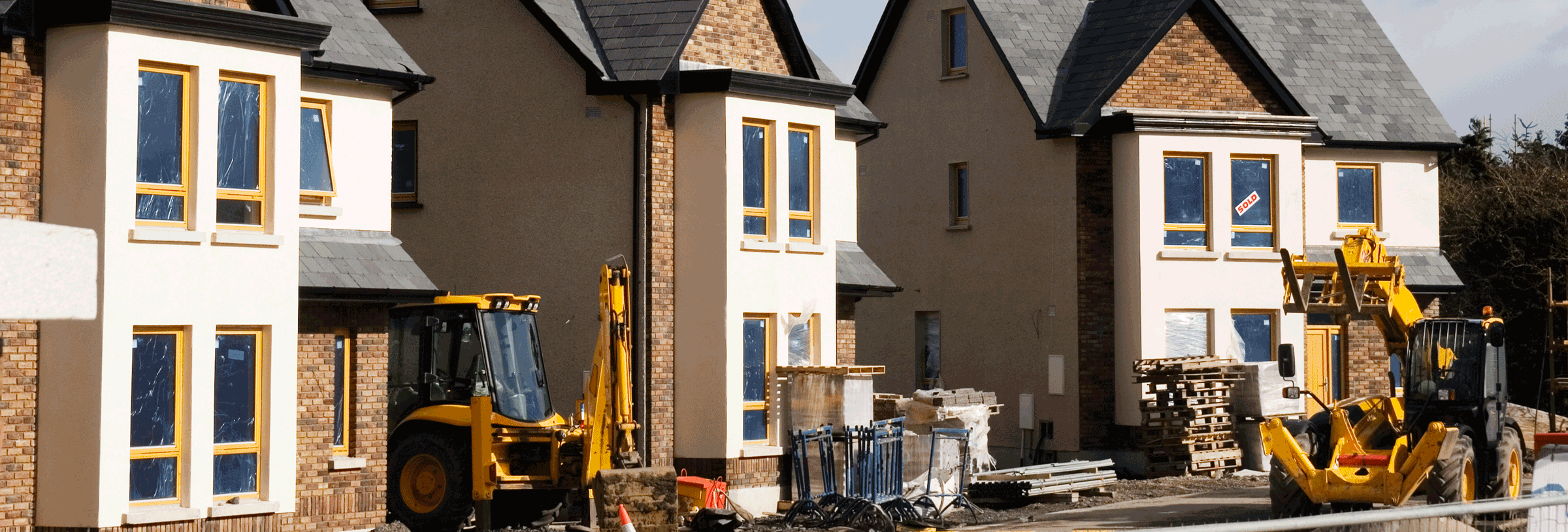California Releases Annual Report of Localities Subject to SB 35’s Housing Streamlining Provisions
During the summer of 2023, the California Department of Housing and Community Development (HCD) released its updated Statewide Determination Summary for Senate Bill (SB) 35. In its report, HCD determined only 7% of California localities are making sufficient progress towards their statewide housing goals.
Passed in 2017, SB 35 created a voluntary streamlined ministerial approval process for qualifying infill multifamily development projects located in cities or counties that failed to make sufficient progress towards their Regional Housing Needs Allocation (RHNA) goals. (See Government Code, § 65913.4.) Under SB 35, the ministerial approval process is limited to no more than 6 months and is exempt from the California Environmental Quality Act (CEQA).
Among the requirements to qualify for SB 35’s streamlined approval process, a project must meet the following criteria:
- Development is a multifamily housing development that contains two or more new residential housing units;
- Be located on an infill site that is surrounded on at least 75% of its perimeter by urban uses;
- Be located within a city containing some portion of an urbanized area, as defined by the U.S. Census Bureau, or if the project is located in an unincorporated area, it must be wholly located within the boundaries of an urbanized area;
- Meet all objective zoning and general plan standards;
- Be located in a jurisdiction that has failed to make sufficient progress towards its RHNA goals; and
- Provide a predetermined percentage of affordable units.
The percentage of units required to be affordable under SB 35 depends on whether the applicable jurisdiction has made sufficient progress towards either its Above Moderate Income RHNA goal (120% of Area Median Income (AMI)) or its Lower Income RHNA goal (0-80% of AMI).
- A jurisdiction with insufficient progress toward its Above Moderate Income RHNA goal is subject to SB 35 for developments with at least 10% affordability (or for projects within the Counties of Alameda, Contra Costa, Marin, Napa, San Mateo, Santa Clara, Solana, Sonoma and the City and County of San Francisco, 20% of the units are dedicated to households making less than 120% of AMI).
- A jurisdiction with insufficient progress toward its Lower Income RHNA goal is subject to SB 35 for developments with at least 50% affordability.
The sufficiency of a jurisdiction’s progress is measured on an annual basis and is determined by the jurisdiction’s permitting progress toward a pro-rata share of its RHNA goal. Once a locality is listed as subject to or exempt from SB 35, it will remain that way for the remainder of the reporting period. This year, only 42 localities throughout California are deemed exempt from SB 35’s streamlining provisions. This means only 7% of localities were determined to be making sufficient progress towards their RHNA goals. In contrast, 251 localities must offer SB 35 streamlining for developments with only 10% affordability (or 20% in the San Francisco Bay area) and 246 localities must offer streamlining for developments with at least 50% affordability. The exhaustive list of every locality subject to or exempt from SB 35 can be found here.
In addition to the requirements listed above, SB 35 requires developers to pay prevailing wages for all projects with more than 10 residential units and has a skilled and trained labor requirement. Payment of prevailing, skilled and trained labor rates significantly increase housing construction costs, which in turn increase sales prices and rent for homes developed pursuant to such requirements. In order to encourage further use of SB 35, legislators are working on a bill this session (2023) that would provide an exemption to the prevailing wage requirement for projects that are less than 85 feet tall (roughly seven to eight stories).
SB 35 is widely considered one of the greatest success stories in California’s recent legislative efforts to incentivize affordable housing development. According to a recent study by the UC Berkeley Terner Center for Housing Innovation, the bill has allowed for the streamlined approval of 156 projects containing more than 18,000 units of housing between 2018 and 2021. The updated list of localities subject to or exempt from SB 35 can help provide developers with clarity and certainty when considering whether any streamlining options are available for their projects. The report makes clear that SB 35 is an option for developers in the overwhelming majority of cities in California and efforts to increase its scope and term of applicability via SB 423 means it may continue to be part of the landscape for homebuilders, with potentially greater application, for the foreseeable future.
